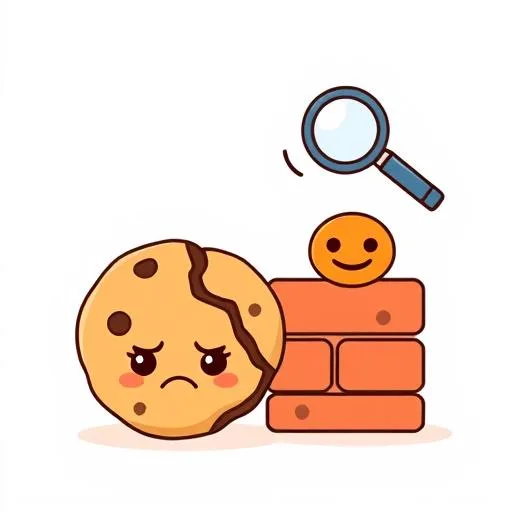
Remember when your little one built a tower taller than themselves, only to watch it tumble seconds later? No waiting, no slow-motion replay—they were back at it, blocks in hand, testing the very next moment.
The Wait That Felt Like Forever

Reading about product managers wrestling with user testing—hours spent watching recordings, days waiting for insights—hit close to home. It reminded me of how our kids test the world: immediate, messy, and gloriously impatient. Picture a child stacking blocks, dreaming of skyscrapers. When it collapses, they don’t pore over hours of footage. They grab the next piece, adjust their grip, and try again. Why? Because real learning lives in the doing, not the delay. Yet for grown-ups building apps or websites, those delays used to be the norm. Up to five days just to gather usable reactions! Imagine if your kid’s science fair volcano took that long to erupt—they’d lose the spark entirely. Thankfully, tools like Uxia are changing this, using AI to simulate testers and slash testing time. Building on that thought, here’s something that hit me later: our children’s play already embodies the rhythm they crave. You know how it is when they’ve knocked it down three times already and you wonder if maybe glue would be faster—but then you see that determined little face light up with each new attempt. Speed matters less than the courage to rebuild after a crash.
Lightning Insights, Gentle Reminders

Uxia’s magic—delivering summaries in five minutes, not days—echoes findings from the Nielsen Norman Group: AI cuts usability testing time by 70%. McKinsey notes similar leaps in A/B test efficiency. Feels like winning the school run lottery, right? Faster iterations mean teams build products people love without burning time. But zooming in, I see a mirror for parenting. When we rush to fix every wobble in our kids’ creations (“Let me glue that block for you!”), we steal their chance to problem-solve. AI’s gift here isn’t just speed—it’s freeing humans to focus on the why behind the data. Like noticing not just that the tower fell, but how your child’s eyes lit up during the rebuild. That’s where resilience grows. So next time screen time feels urgent, pause. Ask: “Is this speeding up joy, or stealing the stumble that teaches balance?” Let the tools hum in the background while curiosity takes center stage.
Keeping It Real, Brick by Brick

Uxia’s founders share something quietly profound: they plan to gather real human feedback to refine their AI. Why? Because synthetic testers, however clever, can’t replicate the messy beauty of genuine reactions. Remember your child’s first cookie recipe? “Too much salt!” screamed their friend, wrinkling their nose. That raw honesty beats any simulation. For our kids, this is gold. In a world of polished digital filters, we nurture authenticity by encouraging real-world testing. Hand them clay: “What happens if we make the base wider?” Or sketch a family comic: “Read this aloud—where did you smile?” It’s not about “perfect” outcomes. It’s building emotional intelligence through trial, error, and shared laughs. That’s how trust blooms—not from flawless towers, but from knowing someone’s there when they fall. Today’s AI tools remind us: even the smartest tech needs human warmth to matter.
Growing Roots in Shifting Soil
Watching AI reshape work—faster tests, cheaper iterations—I wonder about our kids’ future paths. Will they enter a world of instant answers, or deeper questions? Here’s what keeps me hopeful: tools like Uxia don’t replace human insight; they amplify it. Just as your child uses sidewalk chalk to imagine new games with friends (not alone), future innovators will blend AI with empathy. So how do we prep them? Keep play unstructured. Trade “What’s the right answer?” for “What if we tried this?” During park picnics, challenge them: “Design a bridge for ants using these sticks—then watch where they actually walk!” Celebrate the missteps: “Your bridge swayed? Brilliant! Now we know ants prefer steady paths.” This nurtures adaptability—the very skill AI can’t replicate. And when screen time beckons, balance it with dirt-under-nails moments. Because the best learning? It’s sticky, sun-warmed, and never fits in five minutes—it’s the quiet confidence that grows when we let them build, fall, and rise again, just like those colorful blocks scattered across the living room floor.
Source: Show HN: Uxia: AI-powered user testing in minutes, Uxia, 2025/09/07 07:31:10
